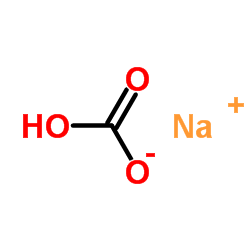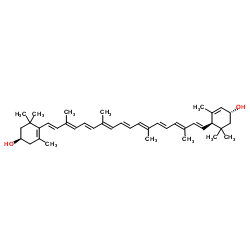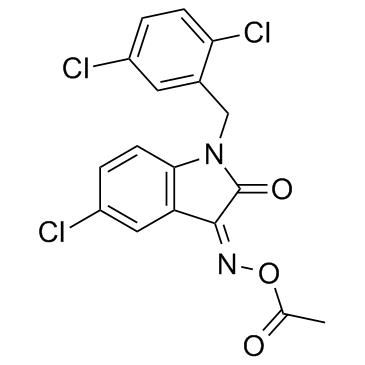| Structure | Name/CAS No. | Articles |
|---|---|---|
 |
Sodium hydroxide
CAS:1310-73-2 |
|
 |
3-Ethyl-2,4-pentanedione
CAS:1540-34-7 |
|
 |
SodiuM bicarbonate
CAS:144-55-8 |
|
 |
Lutein
CAS:127-40-2 |
|
 |
LDN-57444
CAS:668467-91-2 |
|
 |
Zeaxanthin
CAS:144-68-3 |